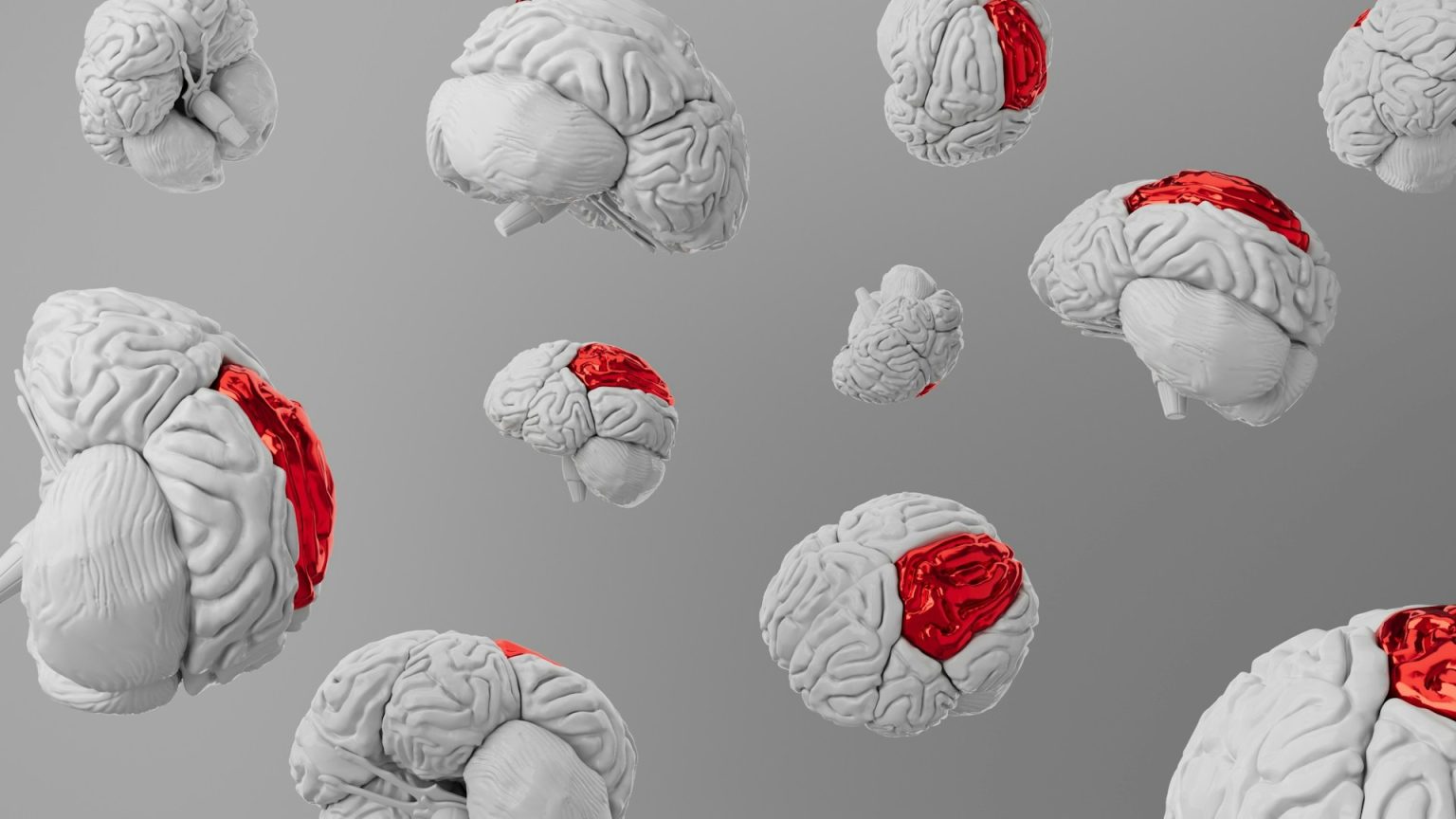Children’s appreciation of art and artistic intent is far more sophisticated than psychologists once believed. In fact, we may all start out as little Pollocks.
Question: What do young children understand about art?
rnPaul Bloom: If you read a developmental psychology textbook from 10 years ago, or if you just ask a psychologist, said, "What do kids know about art?" What they would say is, "Children start off as realists about art." So, you know, if they see a picture of a bunny, that looks like a bunny, they'll say, "bunny," because it looks like a bunny. When they draw pictures and name them, they'll name them based on what it looks like. Kids start off realists.
rnNow, adults can do all sorts of crazy things. Adults can have abstract art, we can understand that a scribble can be a person, we can understand caricature and nonrepresentational art. But that's adult stuff. Kids start off simple and representational. And I believed that, until I had kids of my own. And so the case I remembered that got me interested in art in the first place is my son, Max, did a painting and it was just, he's a horrible artist, just like me, it was just a scribble of colored paints, and he held it up to me and I said, "What is it?" And he said, "It's an airplane." It didn't look at all like an airplane. And then I got to thinking and I realized children draw all the time and they name their artwork, but their artwork doesn't look like anything until they get old enough to get more proficient. So I wondered what was going on.
rnAnd the idea which I explored, and this is with a then-student of mine, Lori Markson, we explored the question of, whether children actually, when they're naming pictures, are doing something extremely smart. When they're naming pictures, they're not looking at what the picture looks like, rather, they're trying to figure out what the picture was intended to be. So for their own pictures, it's easy. If Max was intending to draw an airplane, so it was an airplane, it didn't matter what it looks like. We did experiments finding this is true even for their understanding of pictures made by adults. This is like two year olds. You look at an object, you make a picture, but it's just a scribble, you show it to the kid and say, "What's this?" Kid will say, "It's that thing over there." They're smart enough to realize that pictures are of what the artist wants them to be.
rnAnd I think we should take the common-sense, traditional notion of what kids know about art and flip it around. I think kids start off with a very abstract understanding of art, linked up with notions like artistic intention. And it's only later that they understand the conventions of realism. It's only later that they might get the idea that for something to be a picture of a bunny, it has to look like a bunny.
rnQuestion: Do adults take the same approach as children to understanding abstract art?
rnPaul Bloom: The motivation for a lot of this work on children comes from philosophical analysis of what adults do when appreciating art. So when adults try to make sense or an artwork, we often ask ourselves, even though critics sometimes we shouldn't, but we often ask ourselves, "What was going on in the artist's mind? What was he intending to do? What did she want to depict?" And this is just a core part of how we name artwork, how we categorize artwork, and how we appreciate artwork. Philosophers like Arthur Danto point out that the very notion of what art is, as opposed to other things, Duchamp’s Fountain, which looks a lot like a urinal, but is viewed as an artwork, the very notion of what art is, is based on artistic intent. Something can get transformed from an everyday object to an artwork under the right circumstances of what people want it to be.
rnAnd in fact, in some other research I've done with children, we find that you show children a canvas with paint splashed on it, and you tell, in one group you tell the kids, "Somebody spilled paint on this, what is it?" And they'll say, "It's a mess, it's whatever." But if you tell the same kids, "Somebody worked very hard on this for hours and hours," what they might say is, "It's a painting." Their notion of what a painting is doesn't rest just on what something looks like, rather it rests on their belief about how it was created.
Recorded on November 20, 2009
Interviewed by Austin Allen






